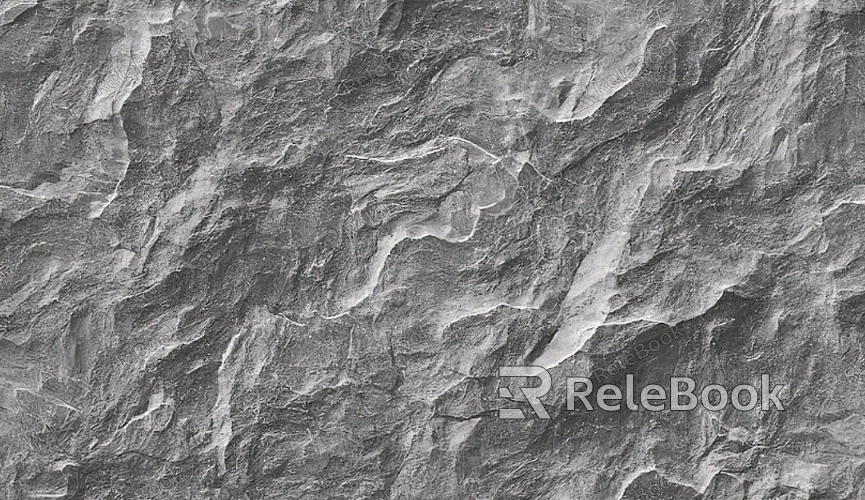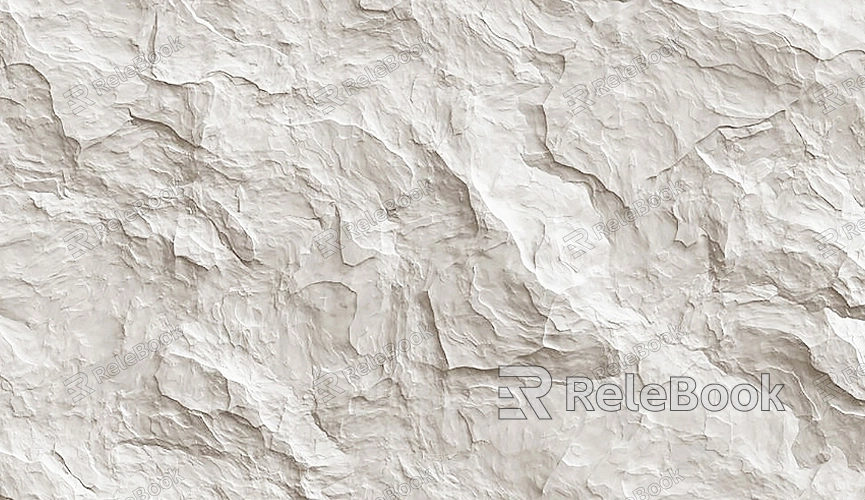How to Create a 3D Texture in Photoshop?

Preparing Your Workspace
Before you start creating your 3D texture, it’s crucial to set up your workspace in Photoshop. Follow these steps:
1. Open Photoshop
Launch the application and create a new document. A high resolution is recommended to capture the fine details of your texture. For most purposes, a resolution of 2048x2048 pixels is a good starting point.
2. Set Up the 3D Workspace
Navigate to Window > Workspace > 3D. This will adjust your workspace to include panels and tools specific to 3D modeling and texturing.
3. Import or Create a 3D Model
If you already have a 3D model, import it by selecting 3D > New 3D Layer from File. Alternatively, you can create simple 3D shapes directly in Photoshop by choosing 3D > New Mesh from Layer. This step is necessary to visualize how your texture will be applied.
4. Adjust the 3D Model
Use the 3D panel to manipulate your model. You can rotate, scale, and position the model to ensure that the texture aligns correctly.

Creating the Texture
With your workspace ready and model set up, you can begin crafting the texture. Here’s how:
1. Design the Texture
Use the standard Photoshop tools to design your textures. Start with the Brush Tool to paint textures, patterns, or details. You can also use filters and layer effects to add complexity and realism to your texture.
2. UV Mapping
UV mapping is essential for applying the texture to your 3D model accurately. To view and edit the UV map, select 3D > Export UV Layout. This will generate a template that you can use as a guide for designing your texture. Once your texture design is complete, save it as an image file.
3. Apply the Texture
Go back to your 3D model in Photoshop and apply the texture. Open the 3D Panel, select your model, and go to the Properties panel. Under the Diffuse Texture section, load the image file you created. Adjust the mapping settings if necessary to ensure the texture aligns well with the model.
4. Refine the Texture
After applying the texture, you may need to make adjustments. Use the 3D Panel to tweak the material properties, such as glossiness and bumpiness. You can also return to the texture file to make any necessary refinements.
Exporting and Finalizing
Once you are satisfied with your 3D texture, it’s time to export your work and finalize the model:
1. Render the Model
To see how your texture looks in a realistic setting, render the 3D model. Go to 3D > Render, and Photoshop will generate a high-quality image of your 3D model with the applied texture.
2. Export the Model and Texture
If you need to use your 3D model and texture in other software, export them using 3D > Export 3D Layer. Choose the appropriate file format for your needs, such as OBJ or STL for the model and JPEG or PNG for the texture.
3. Review and Adjust
Open the exported files in your 3D application to review the final result. Make any additional adjustments if needed to ensure the texture appears as intended.
FAQ
Can I create a 3D texture without a 3D model in Photoshop?
Yes, you can design textures without a 3D model. However, having a model helps visualize how the texture will look in a 3D environment. Photoshop’s 3D features are designed to work with models, but you can create textures for use in other 3D software.
What file formats are best for exporting 3D textures?
Common file formats for exporting 3D textures include JPEG, PNG, and TIFF. PNG is preferred for its lossless compression and support for transparency.
How can I ensure my texture maps correctly onto my 3D model?
Proper UV mapping is crucial for correct texture application. Ensure your UV layout is properly aligned with your texture design. Adjust the texture in Photoshop as needed to fit the UV map accurately.
Can I use Photoshop to edit existing 3D textures?
Absolutely. You can open existing texture files in Photoshop, make modifications, and reapply them to your 3D models.
What are some tips for creating realistic 3D textures?
To create realistic textures, pay attention to details such as lighting, surface imperfections, and color variations. Use high-resolution images and layer effects to add depth and dimension.

